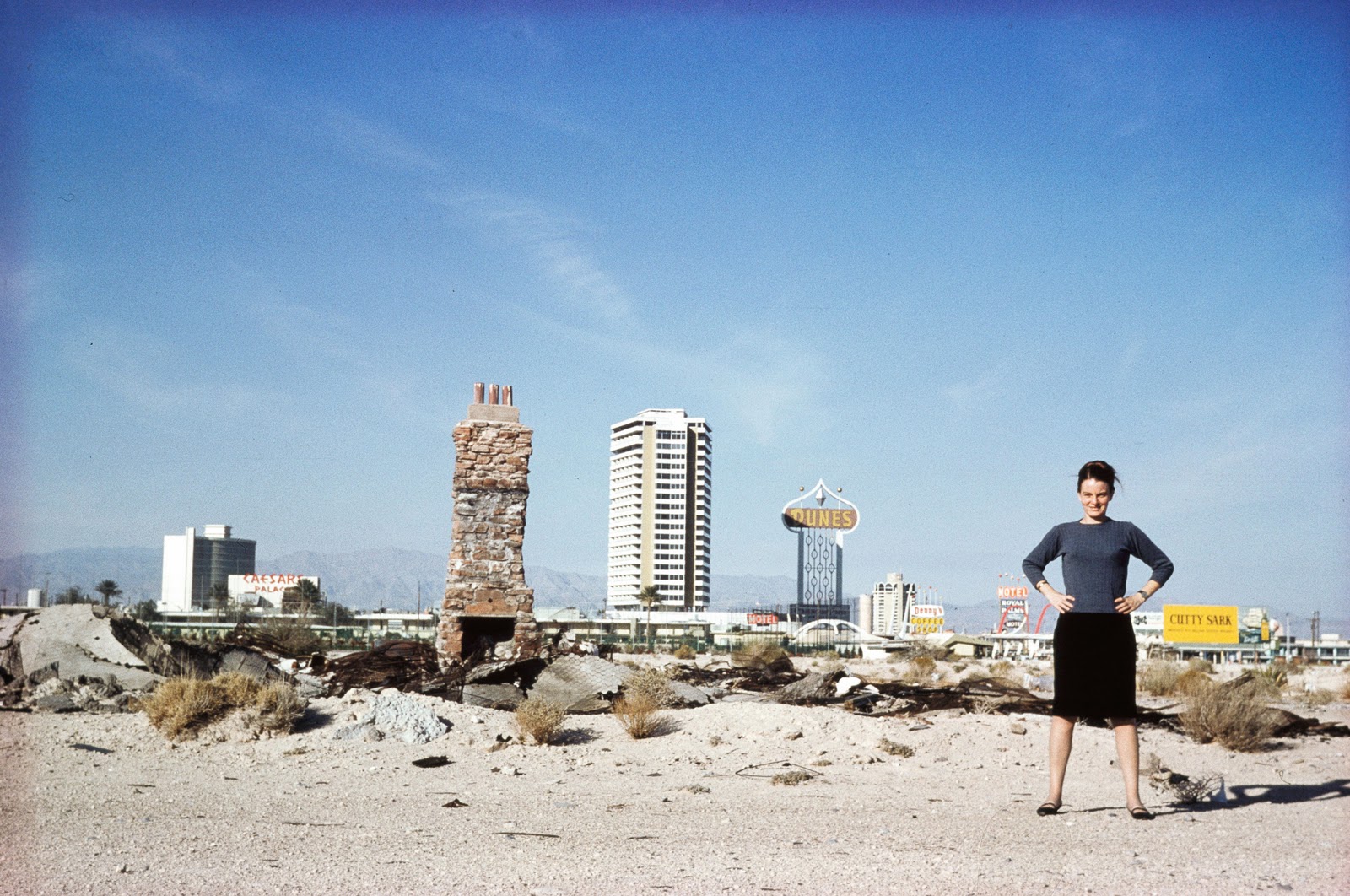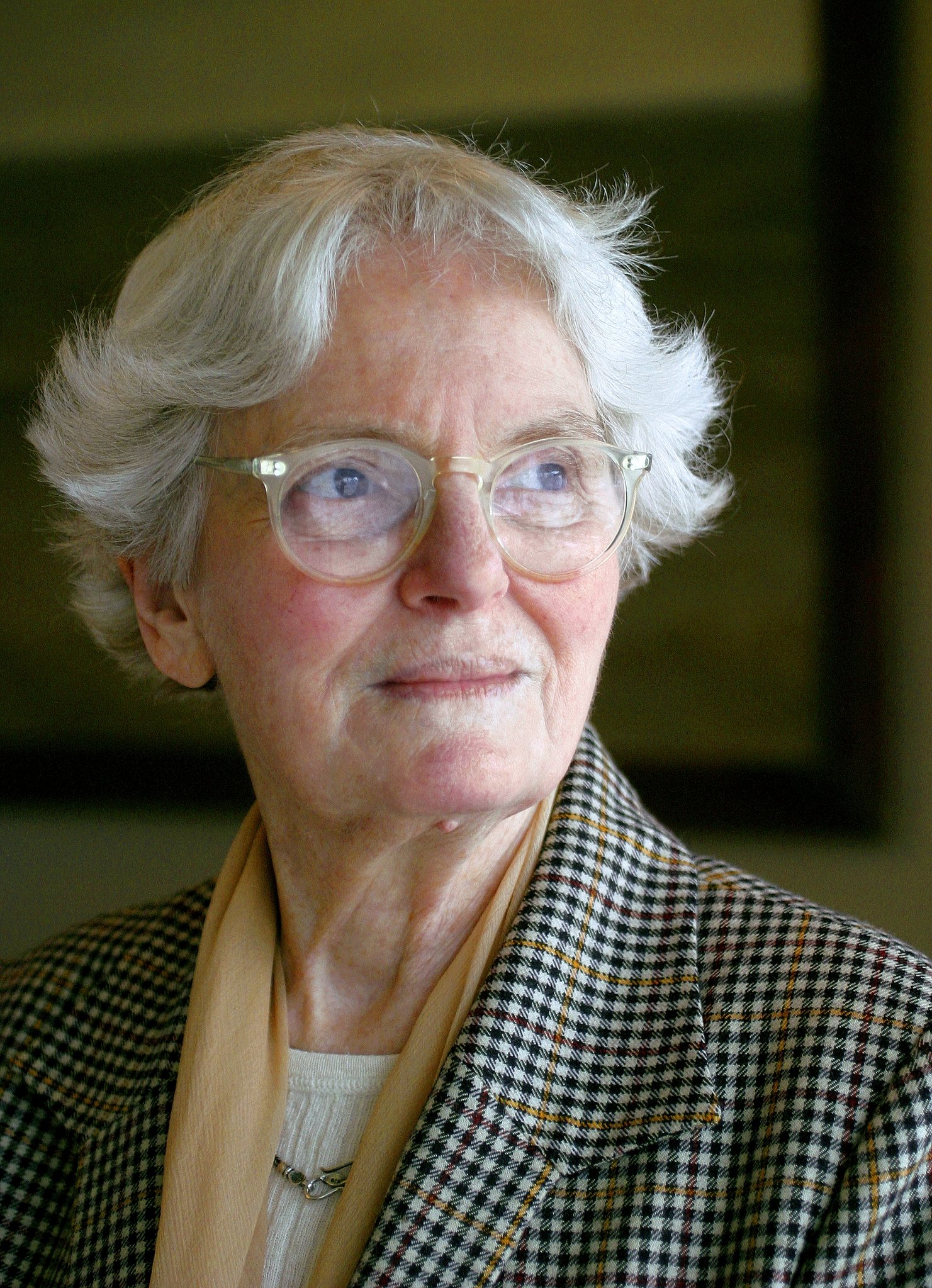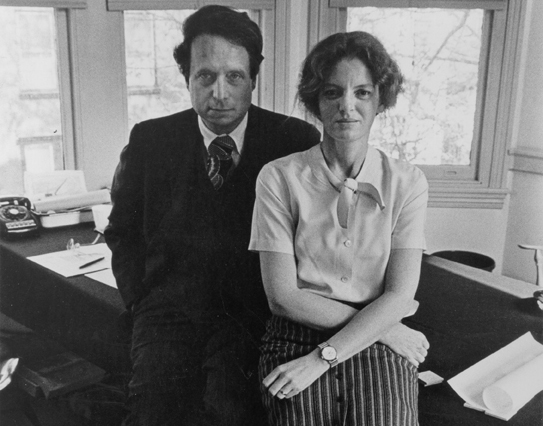Denise Scott Brown on Vanna Venturi House and ‘joint creativity’

It was a treat to hear Denise Scott Brown deliver wide-ranging remarks at WHYY Tuesday evening, part of a program convened in honor of the Vanna Venturi House’s inclusion in the new PBS documentary 10 Buildings that Changed America.
Scott Brown discussed the design development and theories expressed in the groundbreaking Vanna Venturi House in Chestnut Hill, created by her husband and design partner Robert Venturi for his aging mother.
She spoke about the early years of their collaboration and her role as an equal partner in their work together. The latter is a renewed topic of conversation in architecture ciricles these days thanks to a petition started by female students at Harvard’s Graduate School of Design, urging Denise Scott Brown’s belated inclusion in the Pritzker Prize awarded solely to Robert Venturi back in 1991.
Scott Brown explained that her decades-long professional collaboration with Venturi began when they were both young faculty at Penn, even teaching together, in the early 1960s. (“All of this is before people ever think that I began to influence Bob,” she said.) Those were also the years when Venturi was building the house in Chestnut Hill for his mother.
We’ll hope to post the video when WHYY makes it available. For now, here are a few nuggets from her lecture:
In response to a question about women in the field of architecture, and the recent petition to belatedly include Scott Brown in the Pritzker Prize awarded to Venturi:
“The passion of those young women is enormous. And if you want to get a sense of what their lives are you should go read what they say in the petition. But they’re all saying to me, Don’t worry about being called a shrew. You need to do this and you need to do this for us. And we must make demands. And we’re not getting where we should be getting. And your story is my story. What I do speaks for the whole lot of them and my life was a struggle before I married Bob. But it was the normal kind of struggle that women get, like you won’t be paid the same as the men. When I married him it was that genius can only be in one mind, so you have to be his typist. Or you have to be anything that we don’t care about. There’s no possibility that you can be a creative person sitting beside him and that there can be such a thing as joint creativity. And those experiences happened every day. Now they happen, I’d say, about once every six weeks.”
On the Vanna Venturi House influences:
“Palladio in front and Aalto in back”
“Sloping roof. Big chimney. Symmetrical windows. These are all images of American and English homes. But juxtaposed with this are classical quotations and also quotations from the modern movement. A lot of the theory of Corbusier in here.”
On the design impact of the Vanna Venturi House:
“Seen against what was the heroic and original late modernism of the 1960s, [the Vanna Venturi House’s] most essential aspect is that it looks like a house. It’s conventional and ordinary… Looking ordinary in that area of revolution made it revolutionary.”
On their firm’s environment, particularly the early years:
“It’s the kind that has a little university tucked in there somewhere, to the consternation of the people trying to make it work financially.”
WHYY is your source for fact-based, in-depth journalism and information. As a nonprofit organization, we rely on financial support from readers like you. Please give today.






